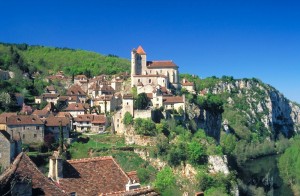 From the NYT: When I. M. Pei’s glass pyramid opened at the Louvre more than 20 years ago, many argued that this 70-foot-tall structure had destroyed the classical beauty of one of the world’s great museums. But today, as crowds wait on long lines outside the pyramid, which serves as the Louvre’s main entrance, what once seemed audacious has become as accepted a part of the city’s visual landscape as the Eiffel Tower or the Arc de Triomphe.
From the NYT: When I. M. Pei’s glass pyramid opened at the Louvre more than 20 years ago, many argued that this 70-foot-tall structure had destroyed the classical beauty of one of the world’s great museums. But today, as crowds wait on long lines outside the pyramid, which serves as the Louvre’s main entrance, what once seemed audacious has become as accepted a part of the city’s visual landscape as the Eiffel Tower or the Arc de Triomphe.
Now the museum is again risking the public’s wrath as it introduces the most radical architectural intervention since the pyramid in 1989. Designed to house new galleries for Islamic art, it consists of ground- and lower-ground-level interior spaces topped by a golden, undulating roof that seems to float within the neo-Classical Visconti Courtyard in the middle of the Louvre’s south wing, right below the museum’s most popular galleries, where the Mona Lisa and Veronese’s “Wedding Feast of Cana” are hung.
Ten years in the making, the $125 million project, which opens on Saturday, has been financed in part by the French government, along with Prince Alwaleed bin Talal of Saudi Arabia, who gave the Louvre $20 million toward the galleries, the largest single monetary gift ever given to the museum. Corporations have kicked in money too, including Total, the oil company, and the governments of countries like Saudi Arabia, Oman, Morocco, Kuwait and the Republic of Azerbaijan. Continuez.








